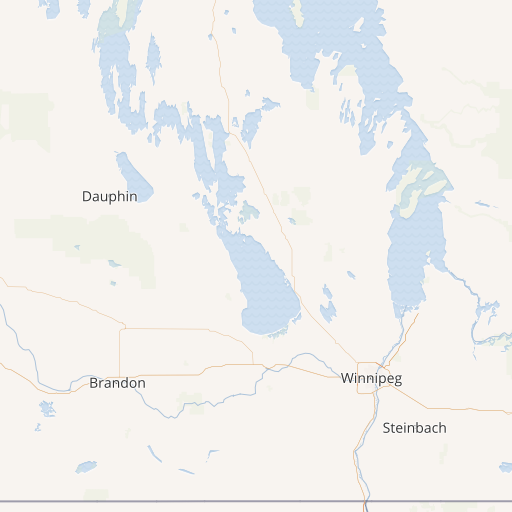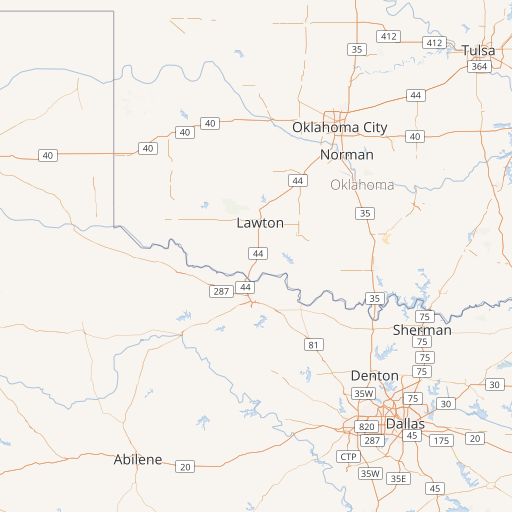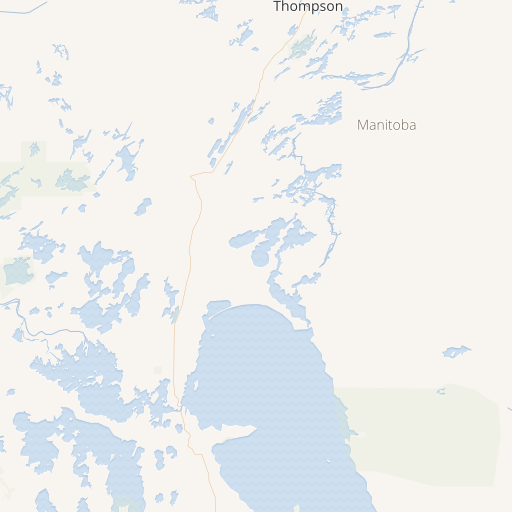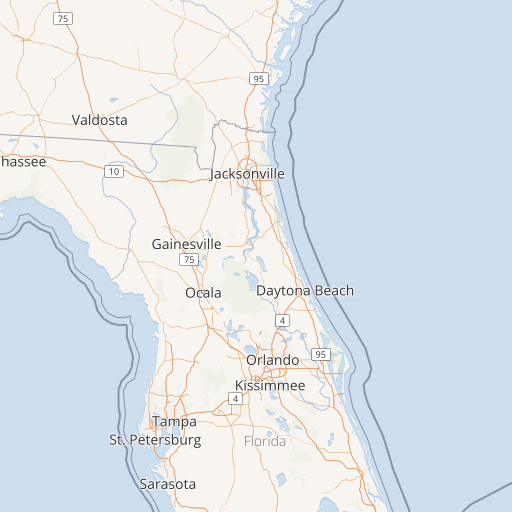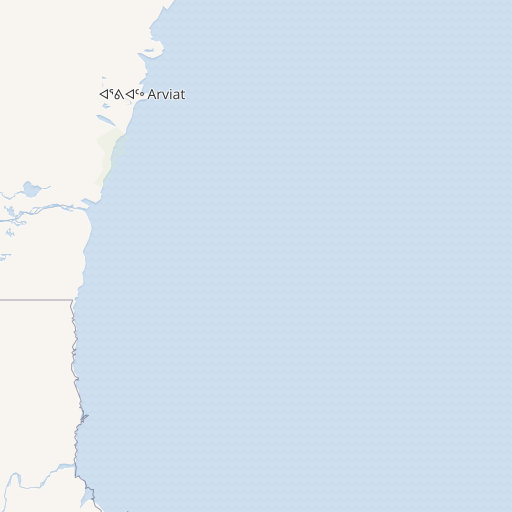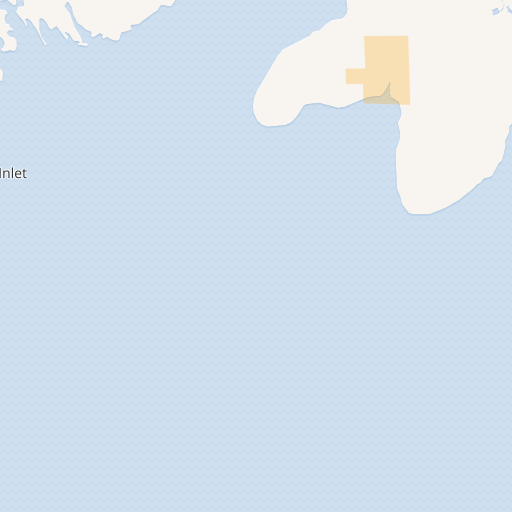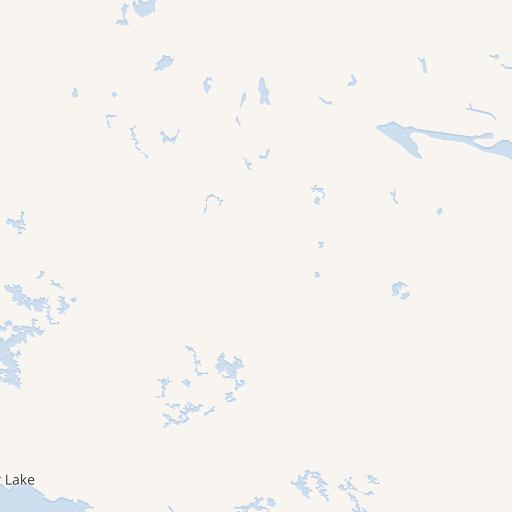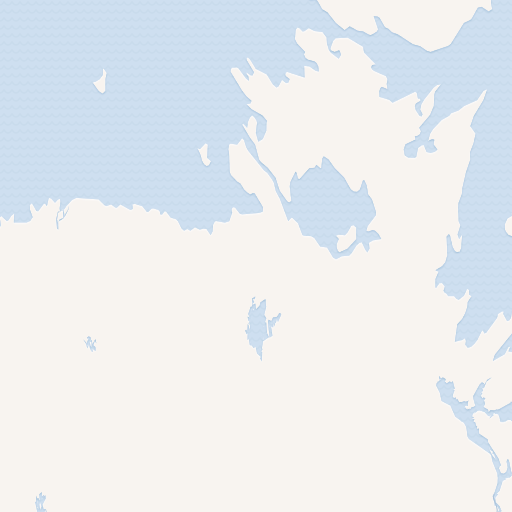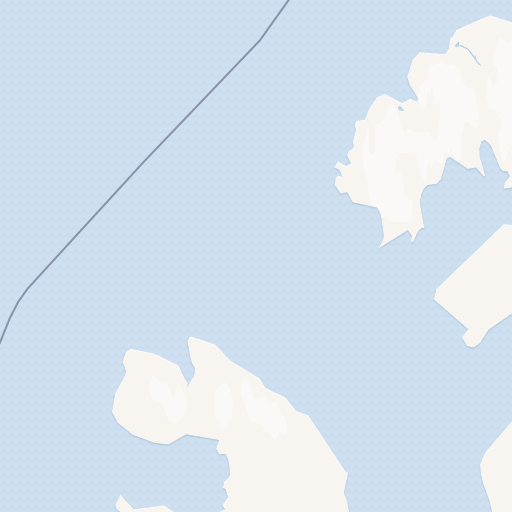About
Ennomos magnaria, commonly known as the Maple Spanworm Moth, is a species of moth belonging to the family Geometridae. Geometridae means “earth measurer,” and the caterpillars are fondly nicknamed “inchworms,” “loopers,” and “spanworms” because of their gait. The Maple Spanworm Moth has a wingspan of about 2 inches, with wings that are held at a ~45 degree angle when at rest. Its wings are characterized by shades of brown, tan, and white, and have a distinctive pattern that resembles an autumn leaf.
A fun fact about this species is that its caterpillars have an unusual method of moving – they do not have legs on their middle segments, so they arch their bodies and “loop” forward. The caterpillars of Geometer moths are often called “inchworms,” “loopers,” or “spanworms” due to their characteristic looping gait. The Maple Spanworm Moth can be found throughout North America, with a preference for deciduous forests. It is a nocturnal species and is most active during the late summer and early fall.
deciduous forests, woodlands, and suburban areas with mature trees



















